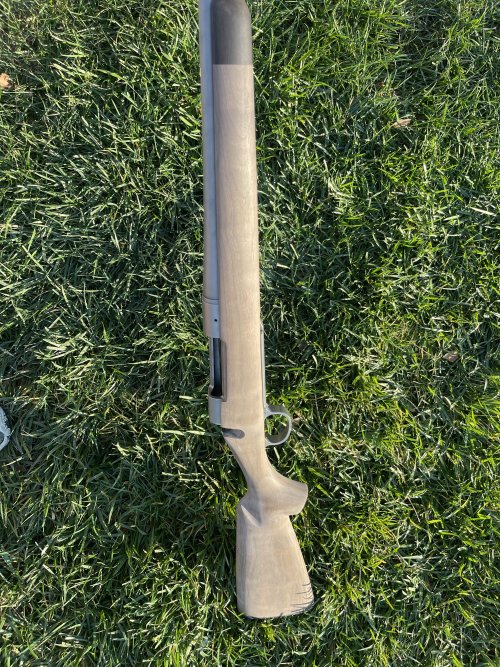Finally have the project down to finishing and want to do an oil finish. Stock is quilted walnut. I don’t want it to get too dark so boiled linseed oil may be out.
Looking for suggestions of oil finishes that may be lighter.
Looking for suggestions of oil finishes that may be lighter.







